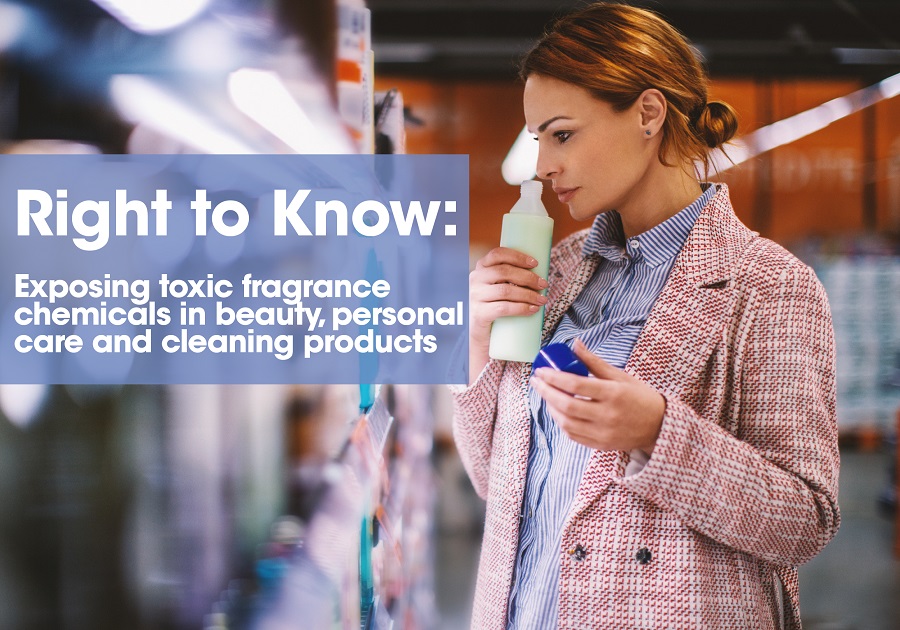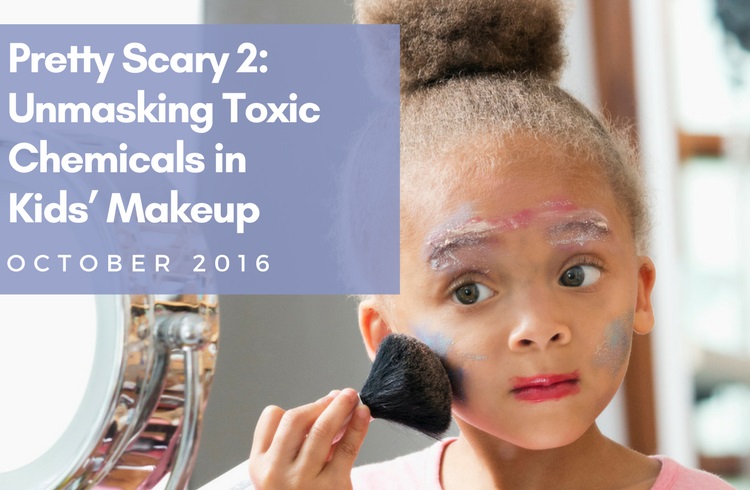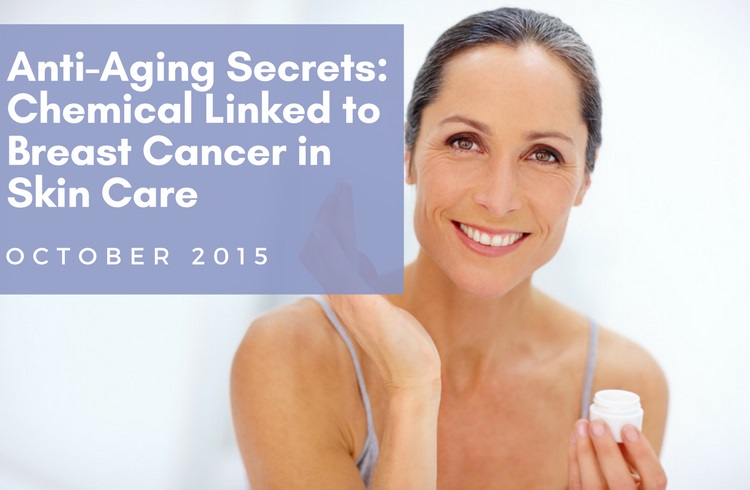Scientific reports and publications

September 26, 2018
Fragrance chemicals made up the vast majority of the chemicals linked to harmful chronic health effects in the beauty and personal care products BCPP tested. This finding suggests that elected officials can reduce the public’s exposure to harmful chemicals and make products safer by requiring companies to fully reveal the identity – and safety – of secret fragrance chemicals.

October 13, 2016
In a follow-up to our 2009 report, lab tests show that kids’ face paint and makeup still contain frightening ingredients like arsenic, cadmium, chromium, and lead. The Campaign also found other creepy chemicals, such as toxic VOCs (volatile organic compounds), and known carcinogens and endocrine disruptors, lurking both on and off the label of kids’ Halloween and play makeup.

October 14, 2015
Test results show that a toxic contaminant linked to cancer known as perfluorooctanoic acid (PFOA) was found in anti-aging products from beloved brands Garnier and CoverGirl.
In this 2012 report, the Campaign ranked some of the world’s largest retailers on their commitment to cosmetics safety, putting the spotlight on Walmart, Target, Macy’s, CVS, Walgreens, Costco, Kroger and Whole Foods Market.
This report documented the presence of carcinogenic formaldehyde-releasing preservatives in Johnson’s Baby Shampoo in some countries (including the U.S.), while formulas sold in other countries were found to be free of these chemicals. The Campaign didn’t give up on J&J and in 2011, the company announced a decision to phase out chemicals linked to cancer and other health problems from its baby and adult cosmetics products in 57 countries around the world.
Learn about the seven-year period when the Campaign worked with companies in a unique partnership to raise the bar for cosmetic safety and full ingredient disclosure in this 2011 report.
A rose may be a rose. But that rose-like fragrance in your perfume may be something else entirely, concocted from any number of the fragrance industry’s thousands of chemical ingredients in blends that are almost always kept hidden, according to this 2010 report.
Children’s bath products are often marketed as safe and gentle. However, in 2009 laboratory tests commissioned by the Campaign for Safe Cosmetics and our partners at Commonweal found these products are commonly contaminated with formaldehyde or 1,4-dioxane. These two chemicals, linked to cancer and skin allergies, are anything but safe and gentle and are completely unregulated in children’s bath products.
A Campaign for Safe Cosmetics report from 2009 revealed some scary findings about children’s Halloween face paints—they contained toxic heavy metals like lead, nickel, cobalt and chromium. Creepier yet, some products even bore misleading claims (like “hypoallergenic” and “FDA compliant”), making it tough for parents to find safe face paints.
In this follow up to the Not Too Pretty report, “A Little Prettier” revealed that at least some segment of the beauty industry had made considerable progress in removing phthalates, a set of industrial chemicals linked to birth defects, asthma, early puberty and decreased sperm counts, while other companies continued to put high levels of phthalates into fragrance.
The 2008 report’s good news: Because of sustained pressure from the Campaign for Safe Cosmetics and stricter regulation in the U.S. and abroad, some leading beauty companies were starting to use fewer toxic chemicals.
In May 2002 a coalition of environmental and public health organizations contracted with a major national laboratory to test 72 name-brand, off-the-shelf beauty products for the presence of phthalates, a large family of hormone disrupting chemicals. The laboratory found phthalates in nearly three-quarters of the products tested. The report findings, which confirmed suspicions by Centers for Disease Control scientists that high levels of phthalates in women could be coming from fragrances and other cosmetics, launched the Campaign for Safe Cosmetics
Looking for a Safer Alternative?
Use Clearya’s app to find non-toxic products! Clearya alerts you to toxics and helps you find safe products.
Get our emails to stay in the know.
This site is protected by reCAPTCHA and the Google Privacy Policy and Terms of Service apply.
get to know us
take action
BCPP is a 501(c)3 | EIN: 94-3155886 | Privacy Policy | Site Map | BCPP.org










